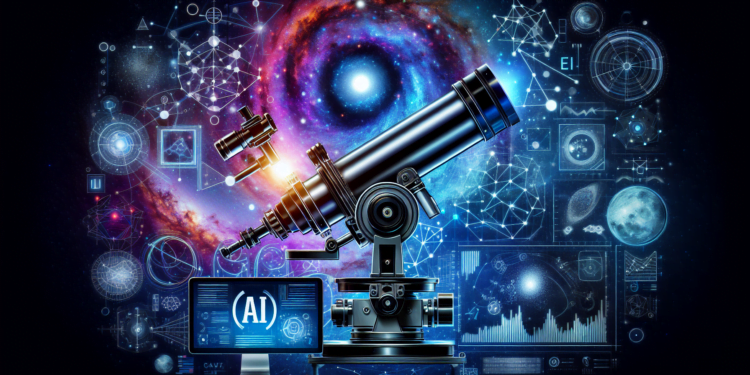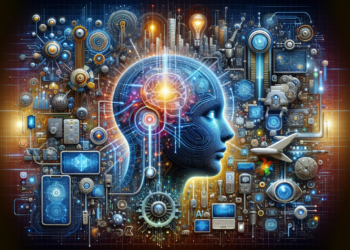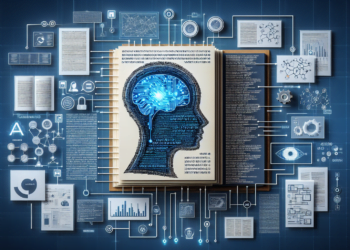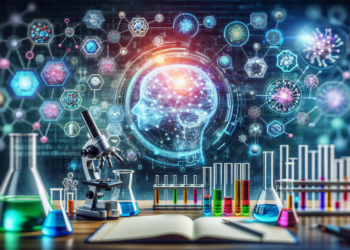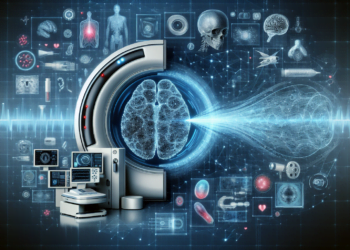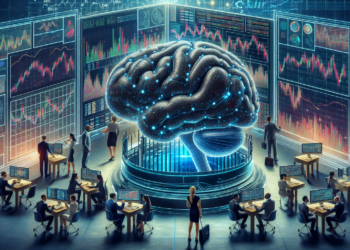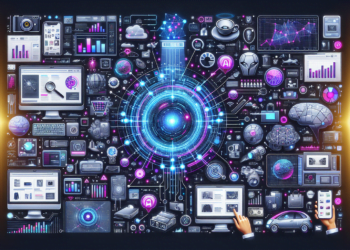The intersection between astronomy and artificial intelligence (AI) is unfolding a universe of possibilities. The vast volume of data generated by astronomical telescopes and space missions challenges traditional methods of analysis, making the application of advanced AI techniques not only relevant but indispensable. This article delves into the synergy between both fields, highlighting notable developments and anticipating future frontiers of cosmic exploration powered by AI.
Advances in Algorithms for Astronomy
Artificial intelligence has experienced a revolution with the advent of deep learning algorithms, particularly convolutional neural networks (CNNs) and recurrent neural networks (RNNs). A turning point was the development of AlexNet in 2012, which significantly outperformed human capabilities in image recognition. These architectures have been adapted to identify and classify astronomical objects in vast image datasets.
Discovery of Exoplanets
NASA’s Kepler mission has provided an immense wealth of data about exoplanets. Applying machine learning techniques, researchers have validated thousands of exoplanet candidates. A notable deep learning model is AstroNet, which automates the classification of planetary transit signals, surpassing previous machine learning algorithms in accuracy and efficiency.
Classification of Galaxies
Astronomers have faced the challenge of classifying billions of galaxies by shape and size, a task that would be unmanageable manually. CNNs have been adapted to carry out this task, processing images from the Hubble telescope and other sky surveys. A milestone in this field was the Galaxy Zoo competition that catalyzed the collaboration between astrophysicists and machine learning specialists, resulting in the automatic and accurate classification of galactic morphologies.
Spectral Analysis with AI
The spectrum of an astronomical object tells the story of its composition and physical properties. Machine learning-based algorithms now facilitate the identification of patterns in complex spectra. A pioneering approach is the use of neural networks to estimate the metallicity and recession velocity of galaxies, essential for understanding the evolution of the universe.
Time Series and Transient Events
Astronomical time series, such as variable star light curves or cataclysmic transient events, present unique challenges. AI, especially RNNs and attention neural networks, are making the analysis of this data possible with unprecedented accuracy. The real-time detection of supernovae and identification of gravitational wave signals illustrate the capacity of AI to handle and process large volumes of temporal information in astronomy.
3D Mapping of the Cosmos
Projects like ESA’s Gaia are constructing a three-dimensional map of the Milky Way with unprecedented precision. AI algorithms are being used to clean and analyze parallax data, the proper motion of stars, and to resolve the complex task of high-precision astrometry in massive amounts of data.
Future Directions and Innovations
AI is not only becoming an essential tool for managing astronomical data but is inspiring new telescopes. The next generation of astronomical facilities, like the Extremely Large Telescope (ELT) and the Large Synoptic Survey Telescope (LSST), are being designed with built-in AI capabilities to enable real-time data processing and intelligent sky observation management.
The exploration of generative models, such as generative adversarial networks (GANs), reveals potential for simulating stellar and galactic formations. Additionally, the use of graph neural networks presents a promising path for modeling complex astrophysical systems where dynamic relationships are fundamental.
Challenges and Ethical Considerations
The integration of AI in astronomy is not without challenges. The interpretability of AI models and the need to avoid biases in the results are active areas of research. The scientific community is aware that AI models must be transparent and their results reproducible to maintain the integrity of the research.
The role of AI in the potential discovery of extraterrestrial life or in identifying near-Earth objects that pose threats raises significant ethical issues. How and when to disclose such encounters are pivotal decisions that require considering the influence of AI on decision-making.
Conclusion
AI-infused astronomy opens a window to the cosmos with unmatched breadth and clarity. The future promises faster discoveries and a deeper understanding of the universe’s mysteries thanks to the continual advancement of artificial intelligence. The harmonization of astronomical science with AI technological innovation is already mapping the course for the next great leap in infinite space exploration.

